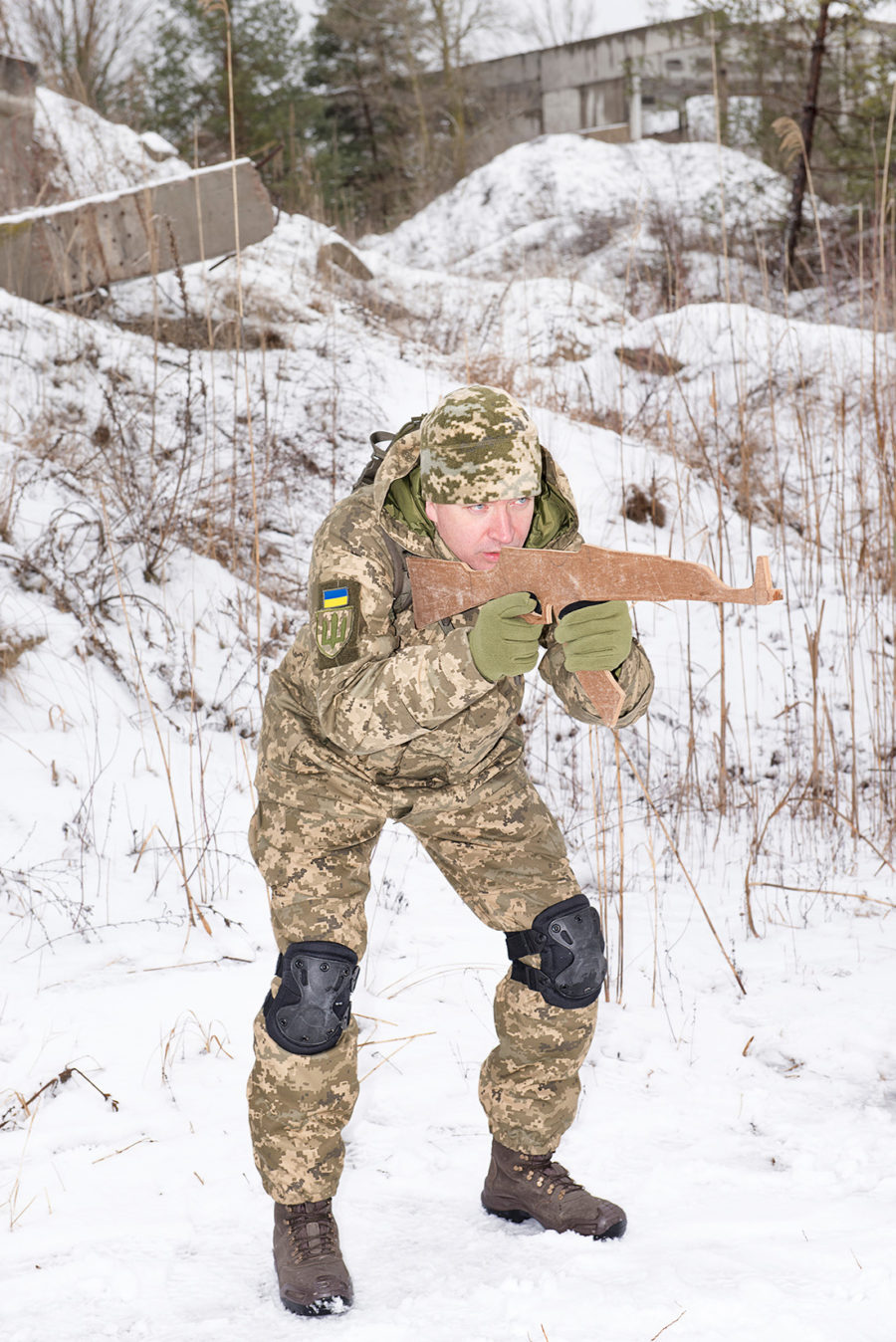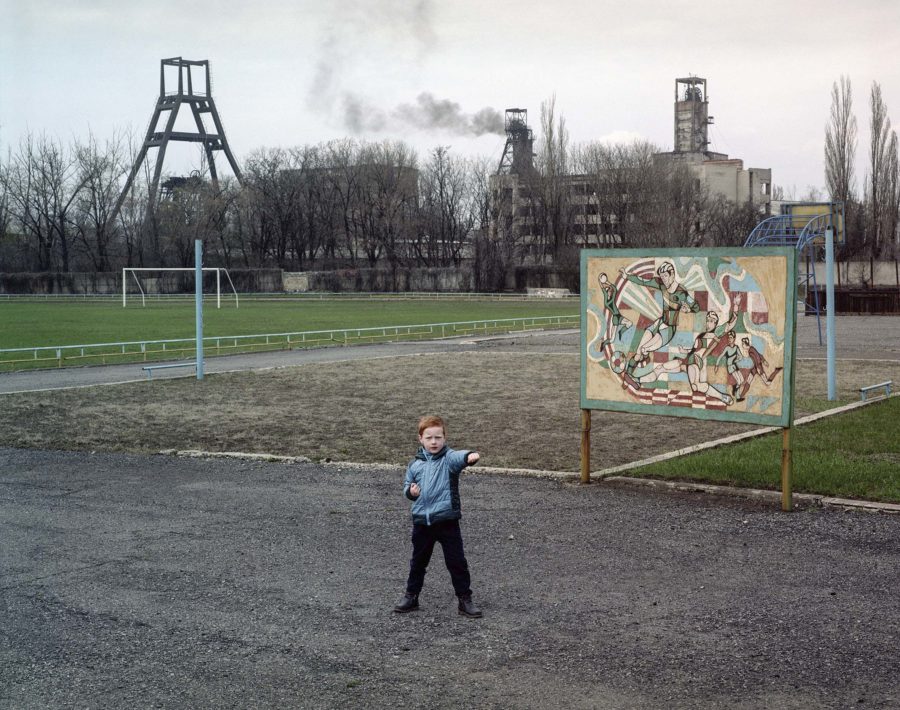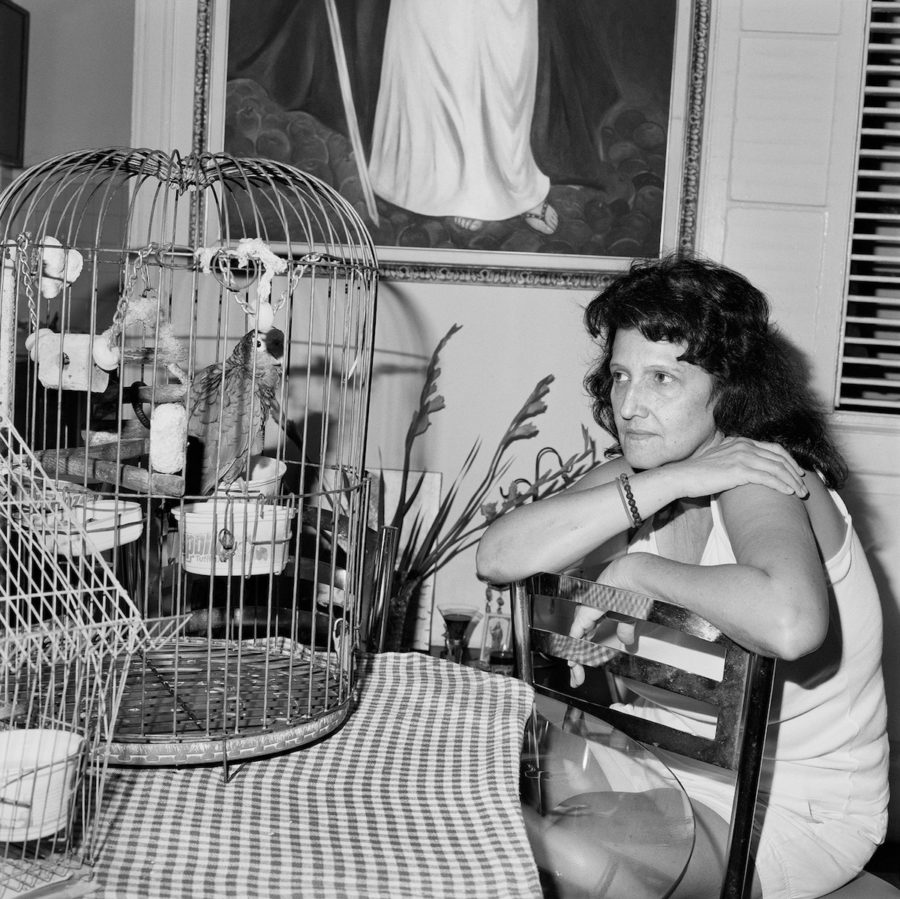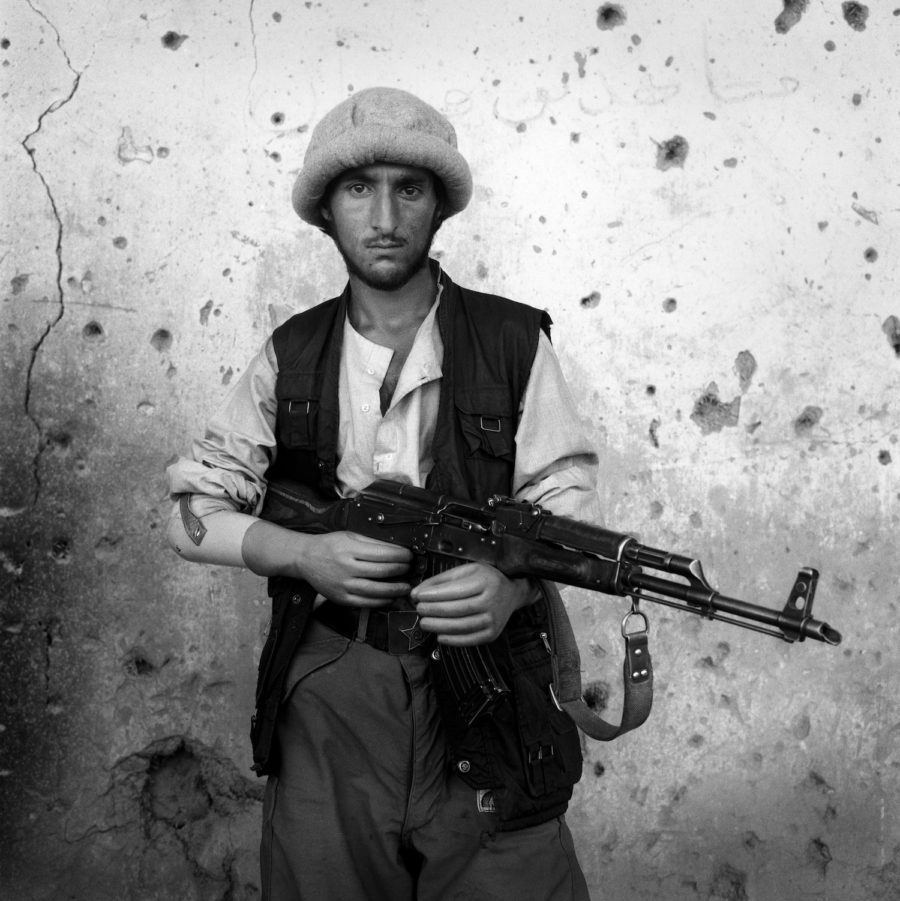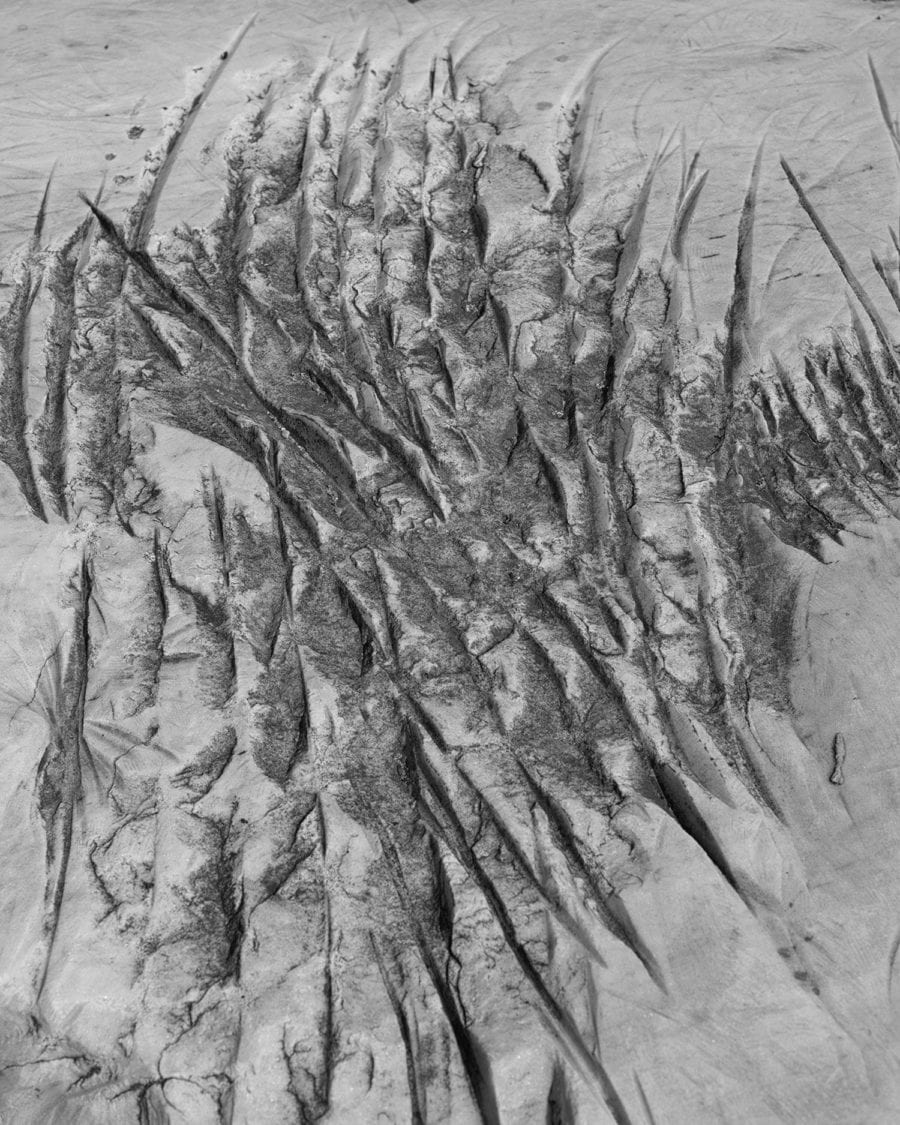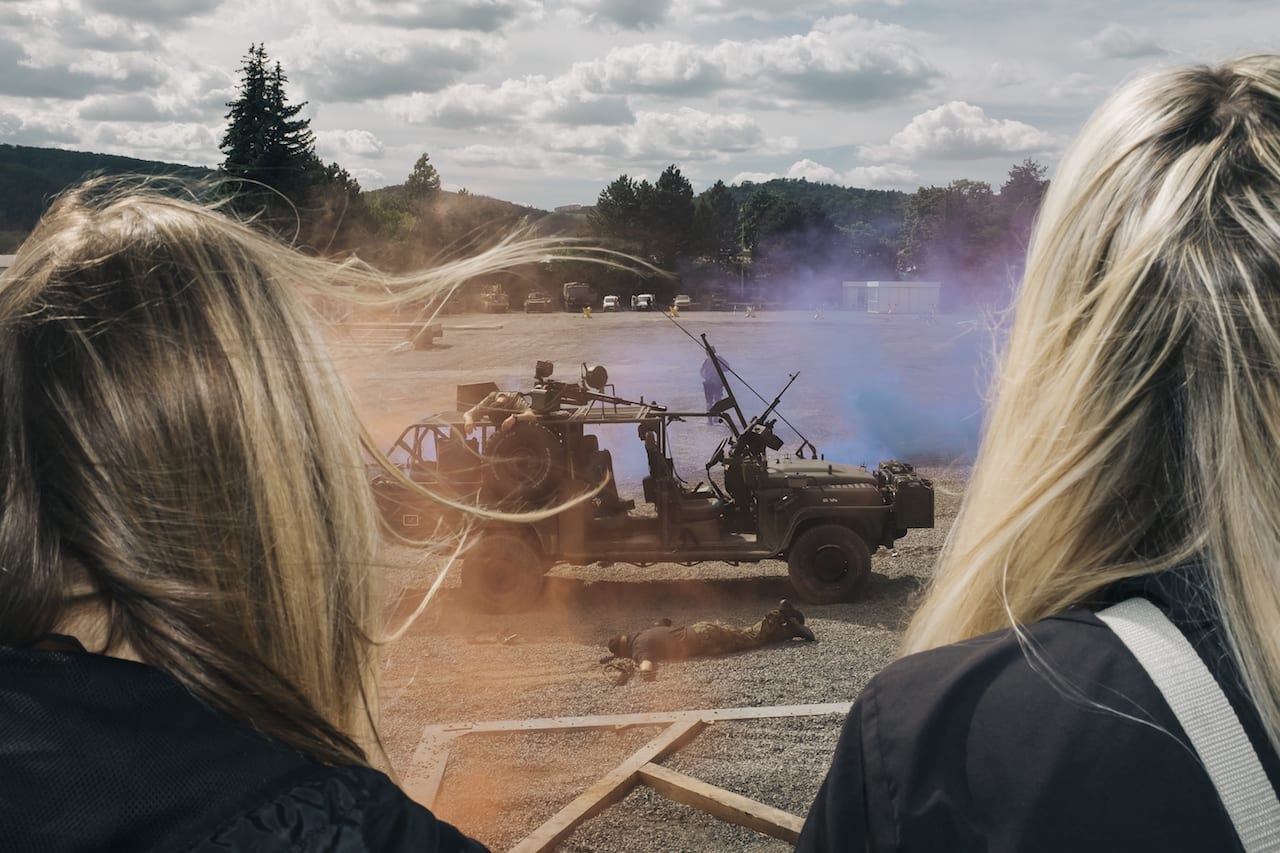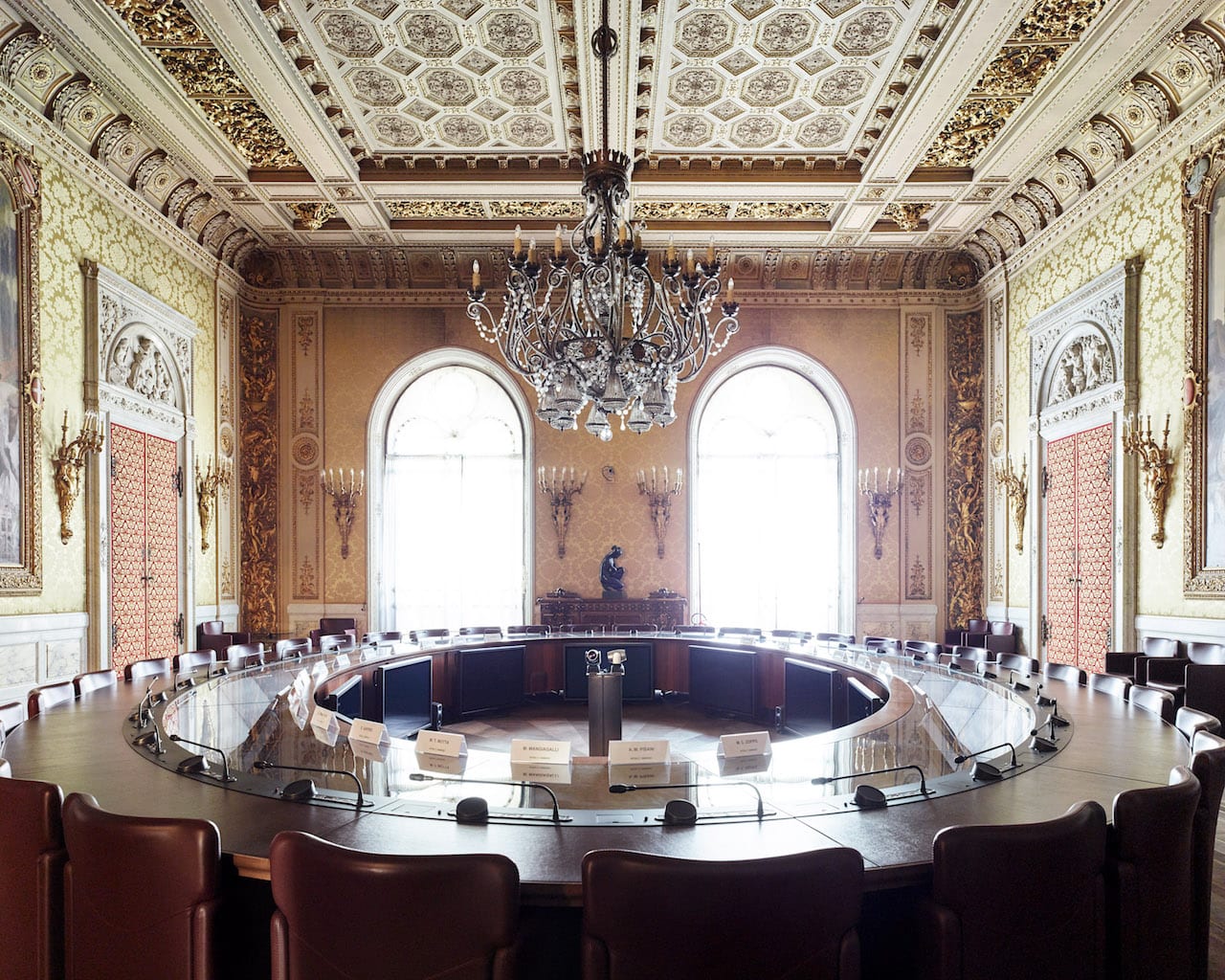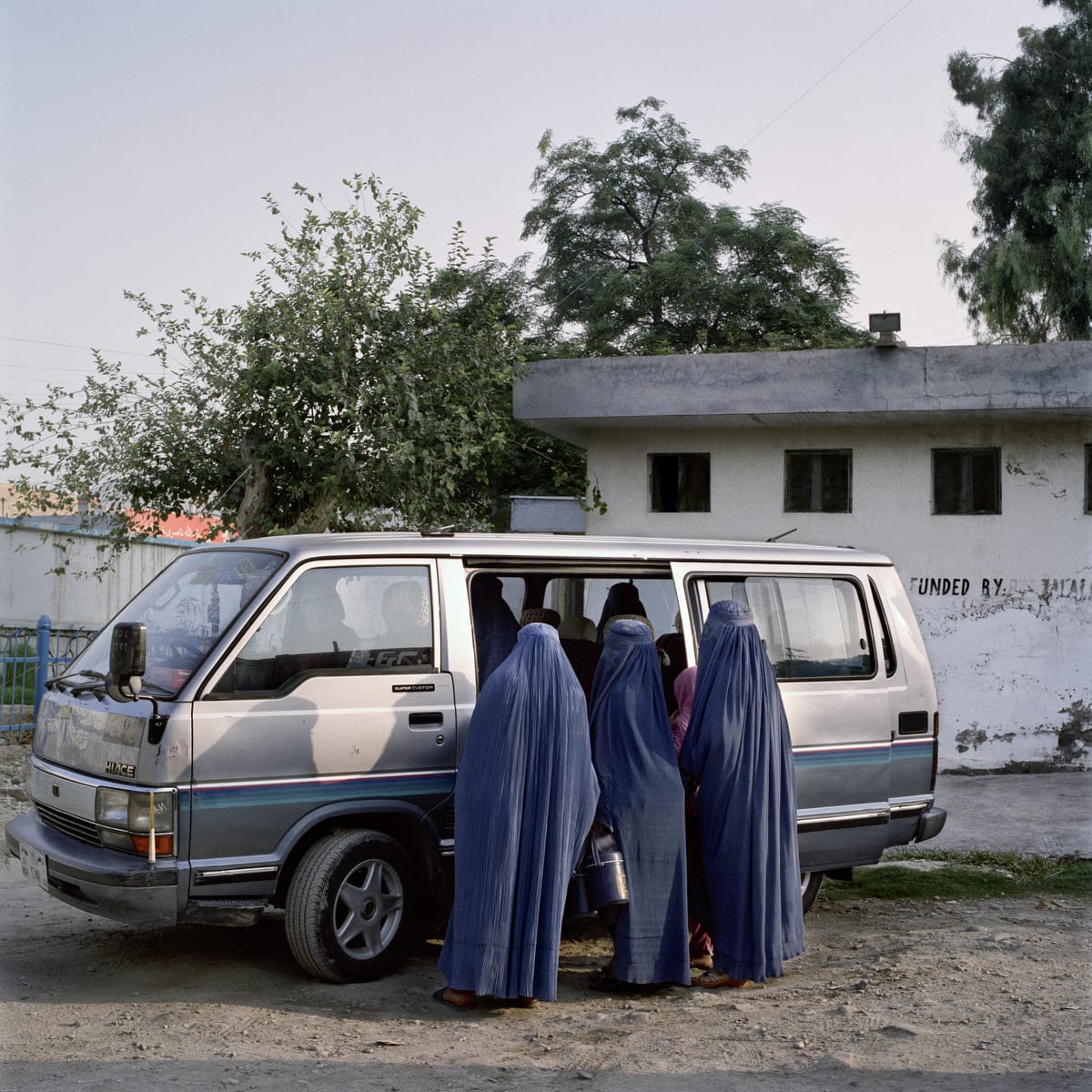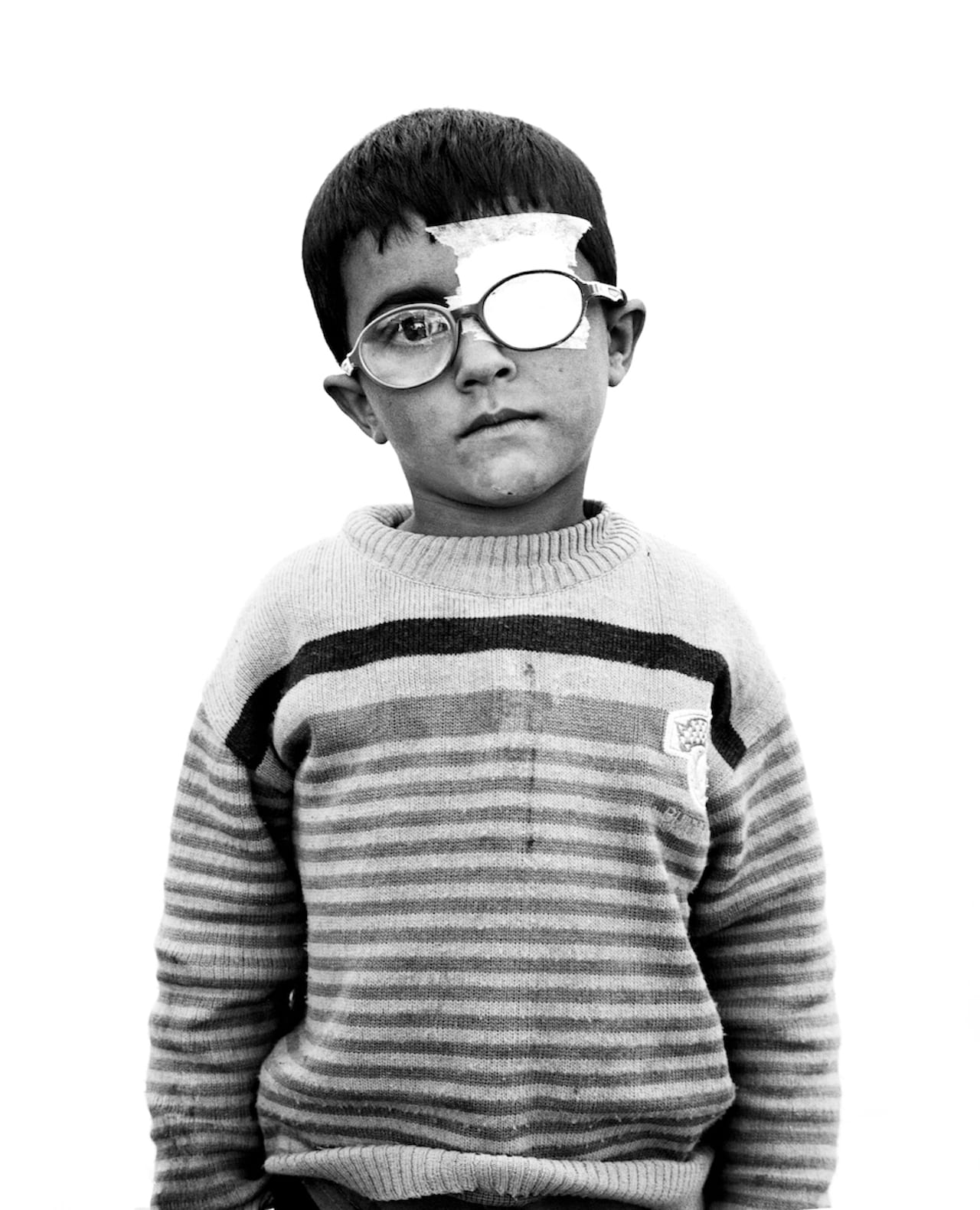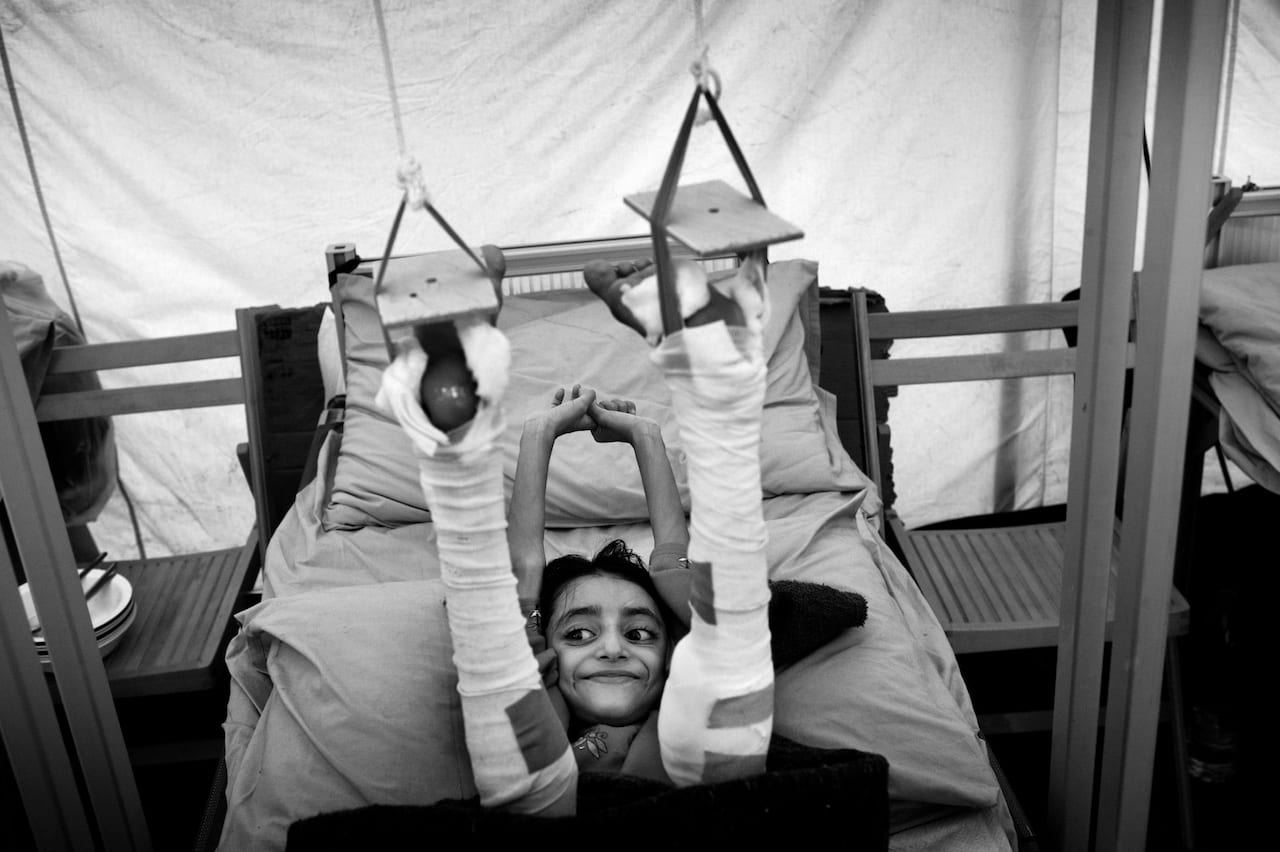“The exhibition just becomes this transition point. There will be new artwork created by the exhibition. I think that’s exciting: it means it becomes alive. These often tragic stories will continue living in other forms, whether through painting or through music, so it’s about making the exhibition a place of life and a celebration of that life,” says Giles Duley, the photographer who has spent months travelling Europe and the Middle East to document the refugee crisis with UNHCR. Taking images from his photobook, I Can Only Tell You What I See, the display will feature artists in residence, a soundscape from Massive Attack and will host an evening supper so as visitors can sit and discuss the work and the wider problems surrounding the refugee crisis.
